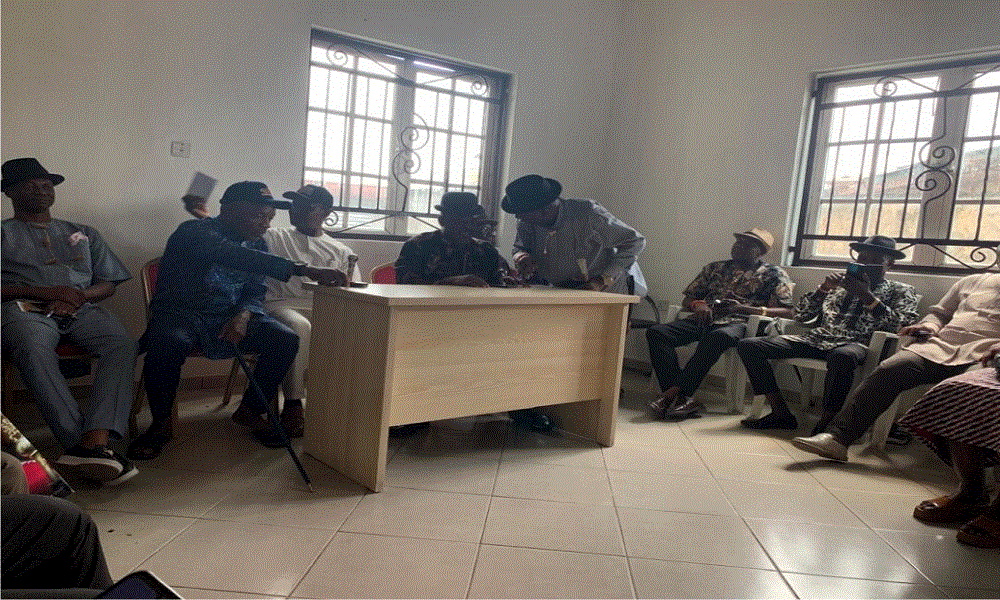News
Rehabilitation Of Omehia Road Excites Obalga Chairman
The Chairman of Obio Akpor local government, Hon. Barr. George Ariolu has extended appreciations to Governor Nyesom Wike for approving the rehabilitation of the Sir Celestine Omehia road popularly known as SARS road.
Barr. Ariolu in a statement he personally signed said he received the news with happiness.
The Obio Akpor council boss said the rehabilitation of the SARS road will end months of suffering and nightmares experienced by commuters plying the road.
George Ariolu who had drawn the Governor’s attention to the state of the SARS road at Eneka during the recent flag off of some projects in the state thanked “Mr Project” for being a listening leader.
He said with the approval, commuters and pedestrians can now breathe a sigh of relief.




